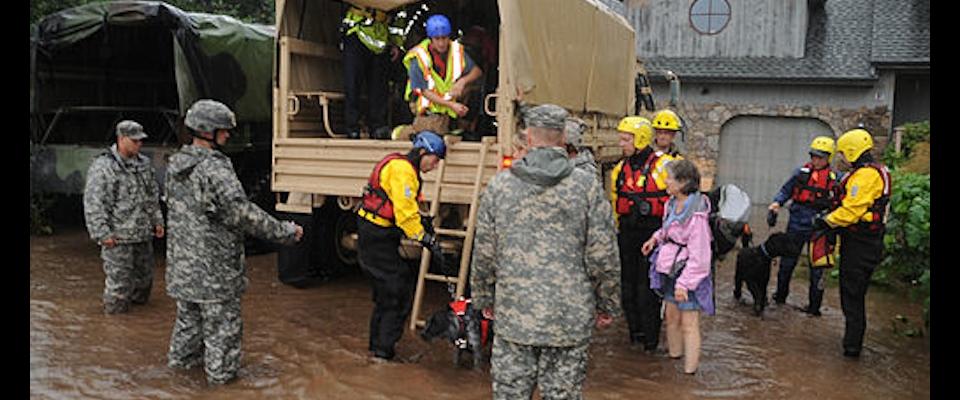The current flooding in Central Europe is already being hailed as the worst in decades. In some parts of the region, flooding is reaching or surpassing the destruction left behind by the 2002 “hundred-year floods” — not unlike those that hit California, as reported by Anne Pinckard in our upcoming Summer 2013 issue.
But the weather patterns behind the 2002 and 2013 Central Europe floods differ, which “reflects the nature of the beast,” as Berkeley climatologist Pardeep Pall puts it.
Pall, who was part of the climateprediction.net project before coming to Berkeley, speculates that the 2002 flooding was due to a “blocking” high-pressure system over Northern Europe that diverted other weather systems coming in from the Atlantic. These systems tracked over to the Mediterranean before swinging back and dumping rain over Central and Eastern Europe.
The current flooding is the result of a low-pressure system that has set up camp over the area. This isn’t unusual, but the volume of rain that has fallen in some areas has historic significance. For instance, Salzburg recorded an entire month’s worth of precipitation within the first two days of June.
Though residents of the region can expect some weather relief in the coming days, it is likely that flooding will become more common due to rising temperatures in Europe. In general, a warmer atmosphere can carry and transport more water vapor, so when a system reaches a point where rains start to fall, there will be more of it, and storms will be more intense, says Michael Dettinger, a research hydrologist at the USGS.
Dettinger also predicts that existing storms will rise in “juiciness.” Bigger storms will get bigger, and others will graduate into that category. This isn’t great news for the residents of Central Europe.
When asked if he thought California would be ready for such a disaster, Dettinger was sort of reassuring: “I think we are never going to be entirely ready for the worst that Nature can throw at us, but California is making valiant efforts to be as well prepared as possible.”
—Danielle Lim




















